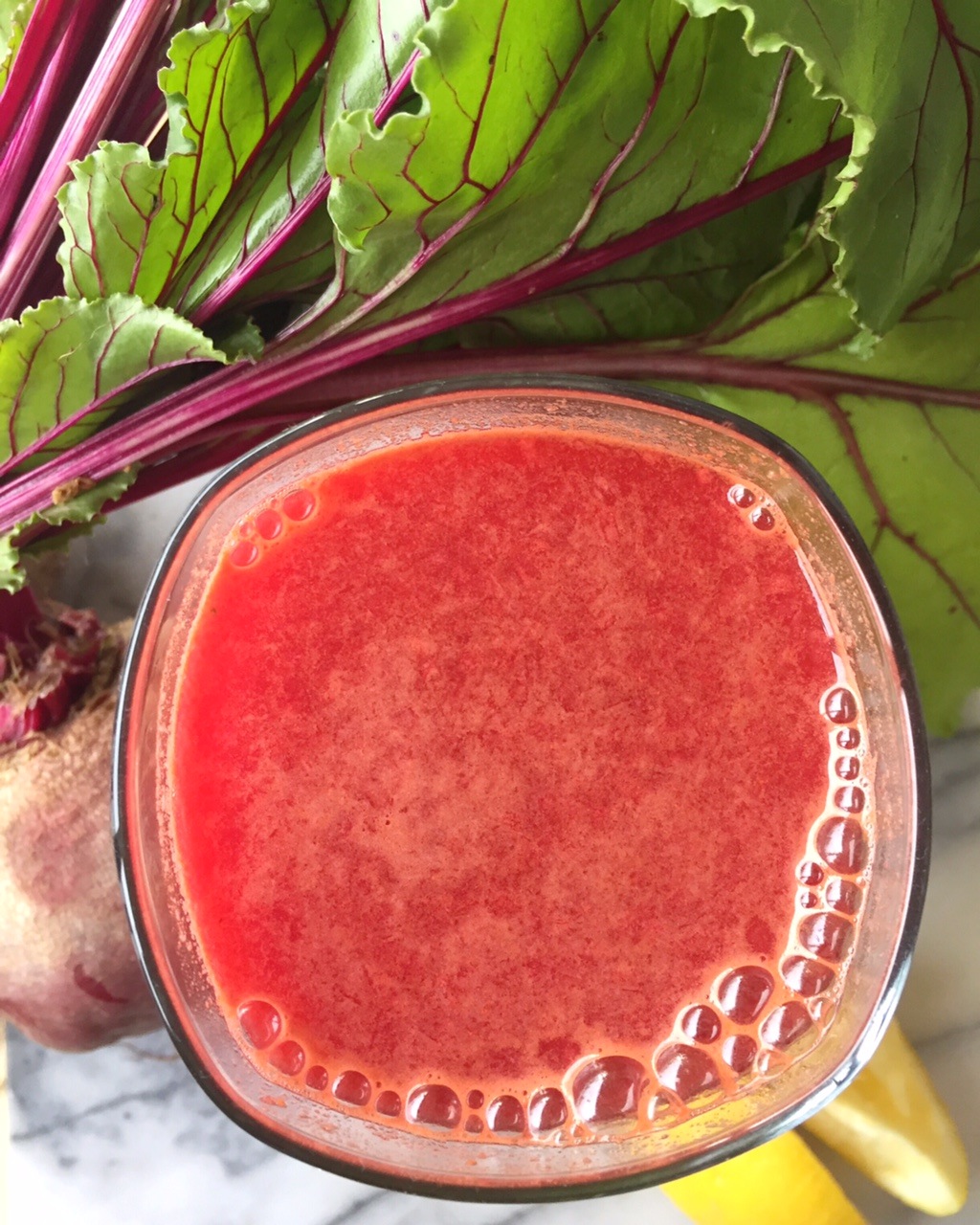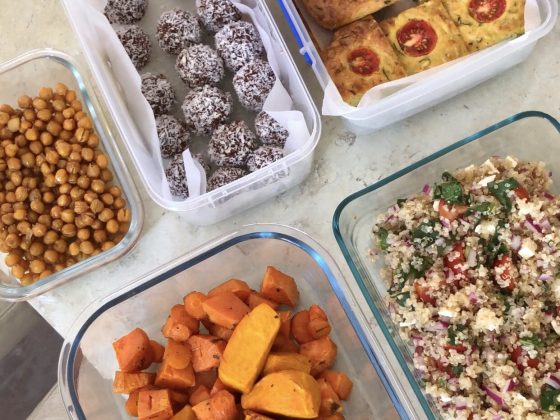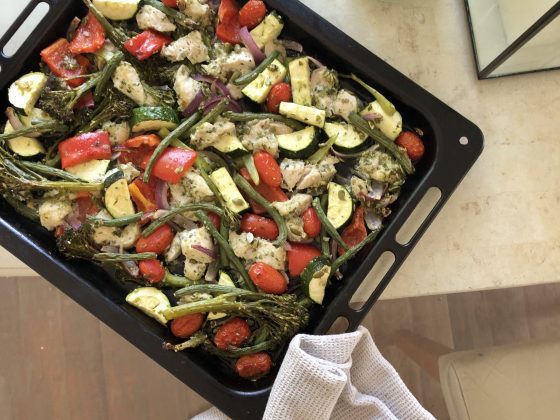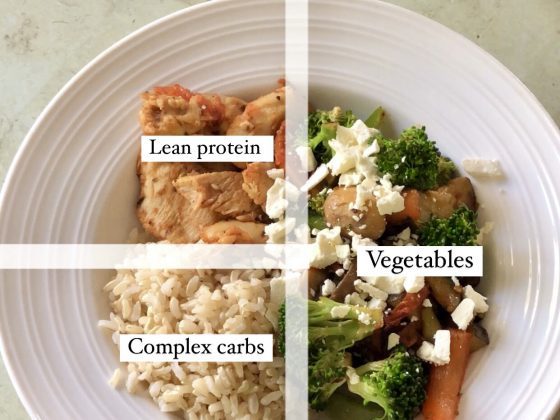
Are juices or smoothies healthier? Well, there isn’t a straight forward answer. Both contain plenty of nutrients, but whether or not it’s the healthiest choice depends on the context. Let’s explore this further!
Fibre & Blood Sugar Levels
Perhaps the biggest difference between smoothies and juices is their fibre content. Juicing extracts water and nutrients from the raw fruits and vegetables, whilst discarding the fibre. Smoothies, on the other hand, retain all the fibre. Although it has been physically disrupted during the blending process.
Where this comes into play in the body is blood sugar levels.
Fruits and vegetables naturally contain sugar and when they’re in the form of juice, specifically, they have the potential to spike your blood sugar levels. Why this happens is actually quite simple. If you were to eat an orange, you would typically only have one in a sitting. However, in a juice you’re consuming several oranges and at a much quicker rate. This can result in a sugar spike, followed by a sugar crash, also known as ‘rebound hypoglycemia’.
When it comes to smoothies, however, their fibre content helps to regulate the blood sugar levels better than juices. This is because the body has to undertake more effort to extract the nutrients from the fibre, slowing down the digestive process. As a result, the sugar from the fruit will enter the bloodstream more slowly and gradually. The fibre content of smoothies also helps to keep you feeling fuller for longer and encourages regular bowel movements.
I also think it’s important to note, that there may be instances where reduced fibre is beneficial. Some people with particular digestive conditions may find it beneficial to have a rich source of nutrients without the fibre. In which case, I would recommend having vegetable based juices, as they will naturally be lower in sugar.
Nutrients
Like I mentioned earlier, both juices and smoothies contain a lot of nutrients. However, the types and amounts of nutrients may differ.
Juices may lack fibre, but they can contain large amounts of vitamins, minerals, antioxidants, anti-inflammatory compounds and phytonutrients.
Smoothies also contain these, potentially to a lesser extent, but have the addition of fibre. Better yet, smoothies can easily be modified to contain healthy fats and protein. Either through the addition of milk, greek yoghurt, nut butter, protein powder, quinoa, avocado, nuts or seeds. This can transform it into a balanced snack, as well as improve satiety and further help to stabilise the blood sugar levels. Oh and the healthy fats will help with the absorption of the fat soluble vitamins!
Meal Replacement
I like to consider smoothies and juices being supplementary to a healthy diet, however, I understand that sometimes you may need a quick, yet nutritious on-the-go meal replacement. Considering fibre, blood sugar levels, satiety and a balance of macronutrients, I would recommend opting for a smoothie over a juice. Just a reminder, to make sure you have some protein and healthy fats in there as mentioned above!
There you have it, I hope this helped to clear up any confusion! Feel free to share your favourite juice or smoothie combo’s in the comments below.











20 comments
Great post! I am team smoothie all the way! 🙂
xx
Wow, I had no idea there was such a difference!
You learn something new every day ha! Thanks for reading!
Lovely post Shante-Louise! Love the photo too and that you make it so personal! Big like!!
Thankyou for the kind words Sally!! And thanks so much for reading 🙂
I know this may sound crazy (clearly I’ve been living under a rock) but I didn’t even realise that juices and smoothies were different things…I just thought it was a different word used my different countries like tissues and kleenex… Okay so what is juicing and what is a smoothie. Is juicing the one where you put it in those special machines and only the ‘water’ is extracted and for smoothie – you just blend it all up? It’s pretty early in the morning right now so if I have completely missed this in the post then please excuse me.
Correct! So in juicing all the solid matter is taken away and you’re left with just the liquid and in smoothies, the liquid and solid matter are blended together 🙂 I hope that clears things up! Thanks for reading 🙂
Love all the insight you provided in this post! Definitely feeling more informed on both smoothies and joined and the benefits of each. Thanks for sharing!
I’m glad to hear it! Thankyou so much for reading 🙂
Nice read! Fruit smoothies are my favorites! I know that fruits such as bananas, grapes, cherries, watermelons, all have high glycemic index. However, you mentioned in your article that bananas stabilize blood glucose levels, which I found interesting. Could you please give me some more information? Thanks!!! 🙂
Sure did! It isn’t overly high, however it differs depending on what GI chart you’re looking at! I’ve even found charts where it’s been considered ‘low’! However, regardless of it’s GI, there has been scientific literature published in the last couple of years showing that regular and long-term consumption of bananas will improve blood glucose levels 🙂 It’s all still very new, but interesting nonetheless! Thanks for reading 🙂
Very interesting indeed. I wasn’t aware of that! Thank you Chanté!
Haven’t been a huge juice/smoothie person, much prefer eating to drinking! Thanks for the info though, I know a lot more now!
Each to their own 🙂 You are very welcome!
So insightful! I tend to be a juicer.
I make them with the kids and add so much goodness with some ice so they call them “slushies”
How cute!! A lot healthier than regular ‘slushies’ too ha! Thanks for reading 🙂
Love me a good smoothie!! Thanks for such valuable info!!
You are more than welcome! Thanks for reading Rebekka 🙂
Thank you so much for clearing up a few misconceptions about juices and smoothies for me. I knew that drinking them slowly was helpful. I always add protein if I make it a meal so I must be on the right track. Thanks!
You are most welcome! Yes, it definitely sounds like you’re on the right track 🙂 Thanks for reading!